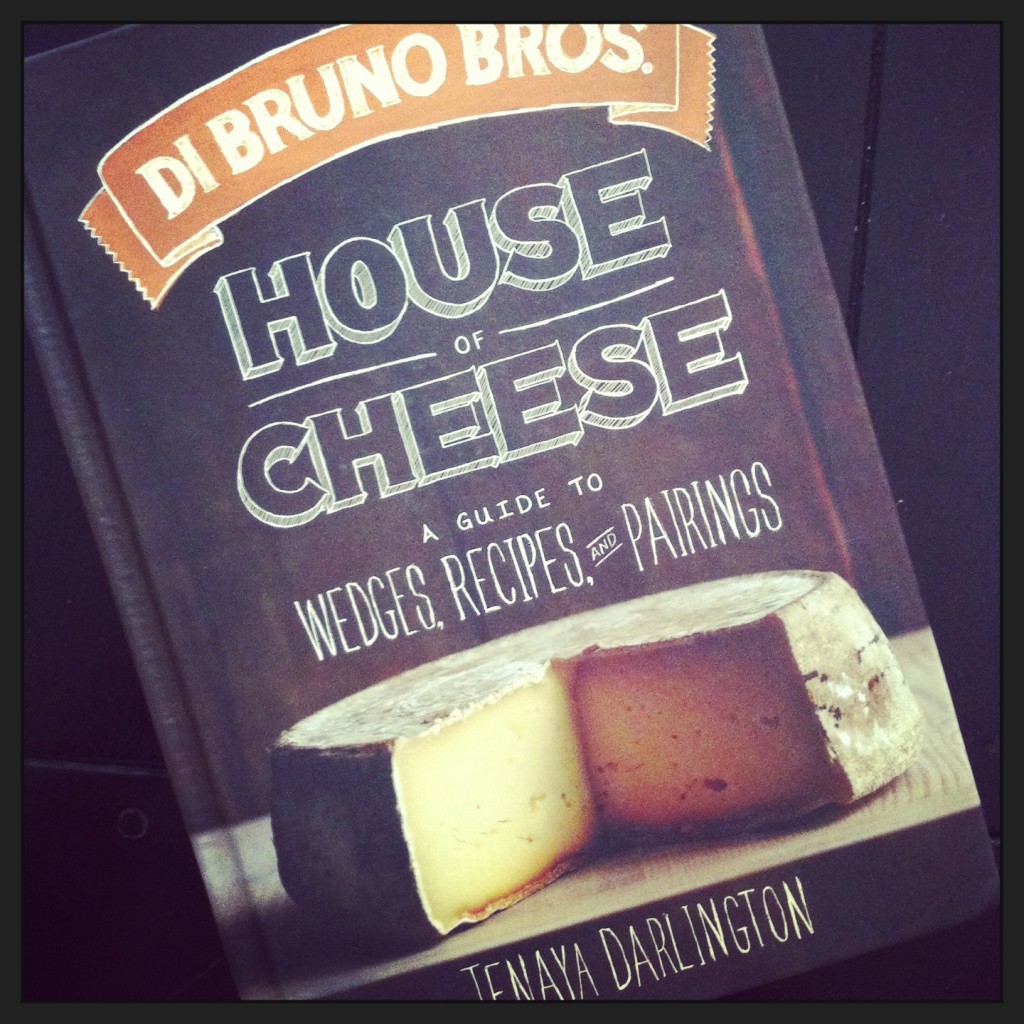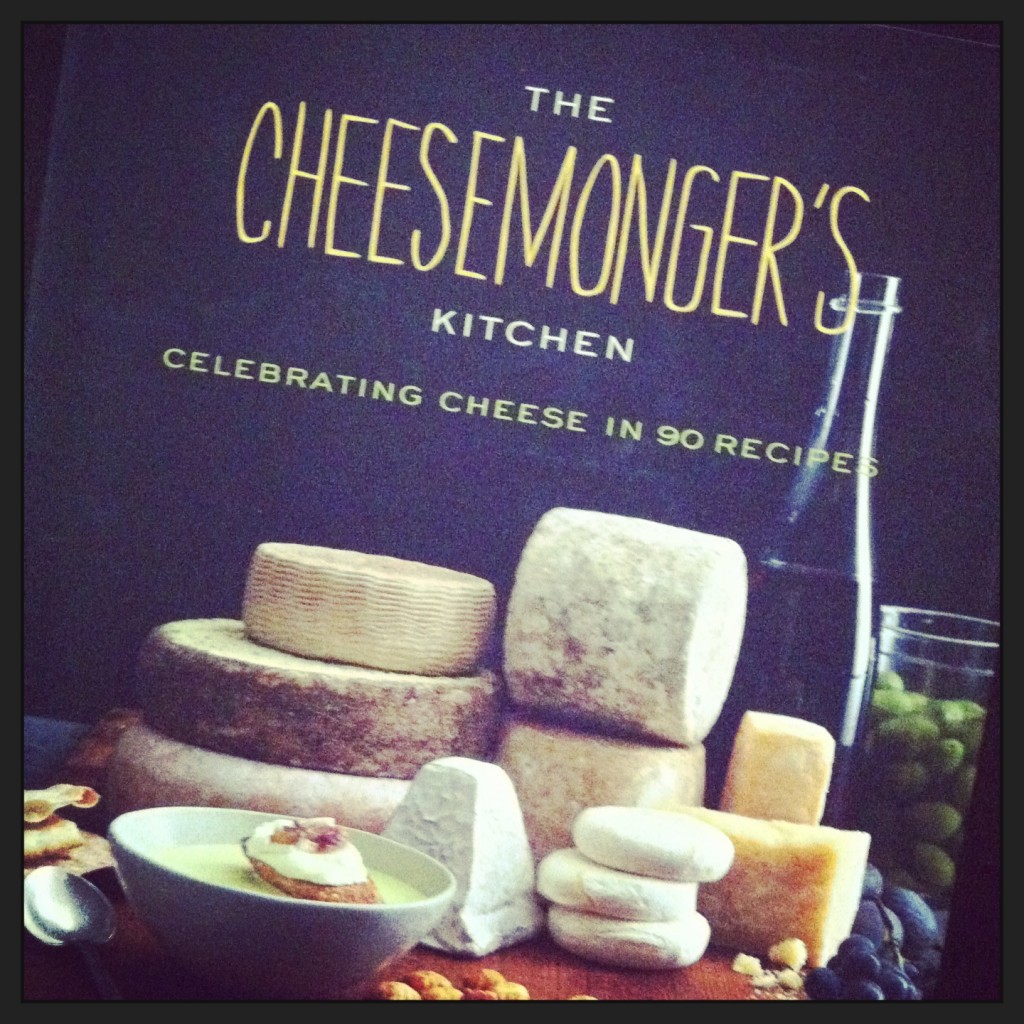Every aspiring curd nerd yearns to embiggen their knowledge base about the dairy darlings they adore. The most learned way to do this is to consume cheese. Of course, it’s not just as simple as cramming cheese in your craw, but carefully looking at cheese and analyzing its rind and paste. Feeling the texture on your fingers and palate. Examining the wet stone smell of a young goat cheese or noticing how the caramel-brandy aromas of a well-aged Gouda intensify when you crack it under your nose. Of course, there is always the savoring in through taste.
However, there are a LOT of cheeses out there and to address that issue there are plenty of books to help you gain a better understanding of them. Below are a few good places to start when it comes to getting your learn on.

Di Bruno Bros. House of Cheese: A Guide to Wedges, Recipes, and Pairings
You may know Tenaya Darlington from her blog, Madame Fromage, where she looks at all things cheese. Darlington's secret identity is that of a writing professor at Saint Joseph’s University and seasoned journalist. This highly literate skill set is demonstrated through Darlington’s eloquent and quirky descriptions of cheese that are as endearing as they are apropos.
Take Harbison, for example. It’s a cow’s milk cheese from Vermont made in a Brie-style and wrapped in tree bark. It’s extremely gooey inside and tastes like butter, vanilla, and perhaps a bit of pine. Darlington describe this cheese’s personality as, “A sexy librarian’s cheese -- all horns rims and whispers.” Spanish Leonora, a fine goat cheese with a citrus tang, is considered as, “A head-turning blonde on a lemon cake bender.”
